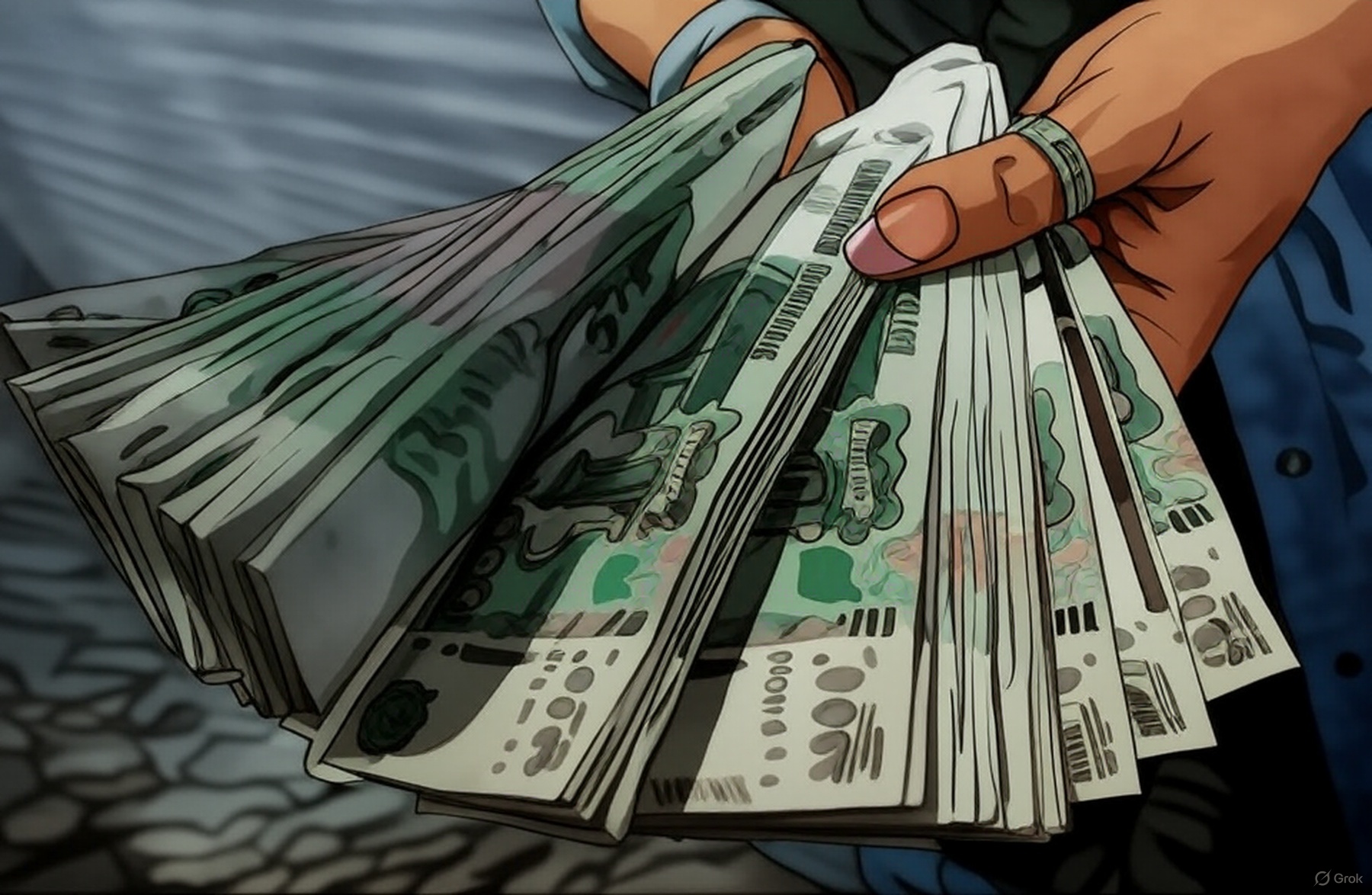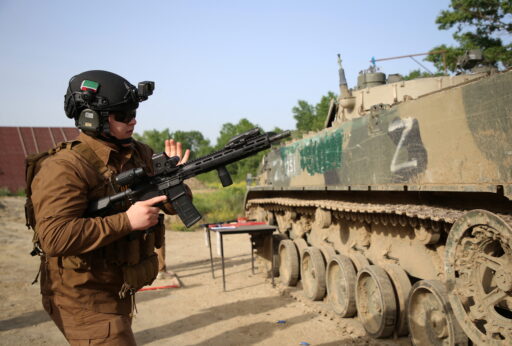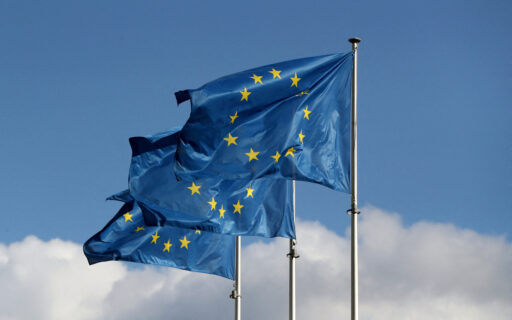The latest rounds of negotiations mediated by the chaotic array of advisors and officials in the Trump administration continue to dominate headlines. Zelenskyy’s chief of staff Andriy Yermak is now equally prominent, with the anti-corruption agency NABU searching his apartment this morning. Beyond the noise, however, there are growing signs that officials in Moscow are preparing for the structural legacies of the war while further strengthening the political power of big business.
The Ministry of the Interior and other agencies are preparing to launch a pilot program in 2027 that will target certain migrants for recruitment. After two years of denial, there is finally an acknowledgment that the war has created demand for specialists and labor of all kinds that Russians themselves cannot meet. Buried in the proposal, however, is a starker political calculation: large businesses will dominate the recruitment pipeline—once again harming the small businesses that initially benefited from wartime spending—and the flow of migrant labor will be controlled through quotas based on forecasted sectoral demand.
In other words, the government is preparing to introduce elements of central planning into the allocation of labor in ways that explicitly privilege big business. This is the logic of a vampire economy in action: create greater risk or pressure on business in general, then bind the big incumbents more tightly to the state through selective relief.
Russia Inc. was subjugated long ago, but it has remained an open question how much scope the Russian Union of Industrialists and Entrepreneurs (RSPP) retained to resist the regime’s worst impulses. The trouble is that big business interests do not always align with those of the public. For example, although we are now seeing marginal improvements in the RSPP’s business environment index drawn from member surveys, one must be careful when interpreting the reasons. Business owners typically feel better about their profit margins when labor demand weakens, allowing them to attract and exploit workers more easily. If businesses truly believe their operating environment is improving and labor-market dynamics are part of the story, they should be careful what they wish for. The Bank of Russia already sees the end of real wage growth creating significant credit risks for consumer loans, nearly 13% of which are now classified as high-risk for default.
There is little doubt that Moscow’s ministries are under intense pressure to find ways to revise GDP and other forecasts upward. The Ministry of Economic Development is currently reassessing the creative economy’s share of GDP. While the sector is valuable, it is not a strong indicator of economy-wide productivity unless one artificially expands the definition to include subscription services and tech platforms. That the reassessment is happening at all suggests a degree of desperation at a critical moment.
While the war continues and observers await further details on peace talks, Prime Minister Mikhail Mishustin is herding his cabinet toward delivering a plan for structural economic changes through 2030. From what is publicly available it is mostly old wine in new bottles. Mishustin’s main innovation is to create a list of more than 60 indicators that his staff can use to monitor progress on National Projects.
Where his technocratic approach becomes more significant, however, is in the explicit desire to manage the structure of both employment and consumption. Promising to put more minors and war veterans to work revives an inherent tension that dates back to the Global Financial Crisis of 2008. In an economy stuck in a low-growth regime—setting aside the largely illusory «growth» the war has generated—immigration is easily weaponized as a zero-sum political issue. Migrants can be scapegoated for taking jobs from «honest» Russians. Yet business needs do not conform to xenophobic rhetoric, especially when the government intends to administer sector-wide quota systems while simultaneously needing to employ hundreds of thousands of returning working-age men in an economy that is coming apart at the seams.
Moreover, the new economic plan calls for deliberately slowing industrial-manufacturing growth to just 1.5% annually. Whatever metric they are using, this signals either a formal abandonment of consumer-sector import substitution or an admission that military production will no longer expand. The timing could hardly be worse. The consumer economy is visibly unraveling: new housing stats are down more than 20%, domestic travel bookings for New Year’s are down 20−30%, net auto sales have fallen 22% year-on-year, and some evidence suggests hidden unemployment rose roughly 50% in January-October as households stretch their budgets to the breaking point.
The plan to present this slowdown as a virtue therefore requires managing a growing population of veterans with increasingly bleak prospects despite the payouts they receive. At current interest rates, domestic businesses cannot sustain orders, invest, or count on durable consumer demand. That production of domestic road-construction equipment fell 41% in January-September is only one of many red flags. If even the «easy» categories of import substitution are plunging, what jobs exactly are left for veterans—whose benefits the state will owe in perpetuity—while the workforce continues to shrink due to demographics? Retail? Hospitality? Will the Transport Ministry’s latest initiative to phase out ships older than 40 years somehow generate a surge of machining, welding, and manufacturing positions?
The cabinet is fiddling while the Bank of Russia does the only thing it can to contain inflation: crush investment and consumer demand. That is a toxic recipe for labor policy and, eventually, for politics. Official unemployment remains near record lows and advertised labor demand is still high—yet it is unclear how much of that demand will survive a deepening consumer recession, particularly since many survey methodologies count job postings without distinguishing roles intended for internal promotion or lateral moves from genuine external vacancies.
The politics of immigration are bound to become even more explosive as the regime’s need to keep veterans employed collides with the structural realities created by the war itself. In the end, however, there will be no escaping Russia’s dependence on migrant labor if any economic growth is to be sustained.










